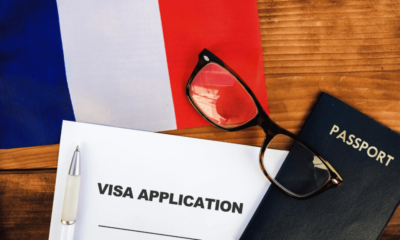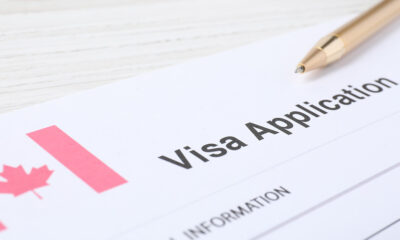

When the next earthquake or natural disaster strikes, being prepared can make all the difference. Having a well-stocked emergency kit can help you and your family...


Pennsylvania State Police have charged a Harrisburg man who allegedly broke into Gov. Josh Shapiro’s residence early Sunday and started a fire while Shapiro and his...


The Netherlands is one of the top destinations for international students and job seekers, offering work and study opportunities with free visa programs or visa sponsorship....


Migrating to Canada, the UK, or European countries through marriage is one of the most reliable pathways to obtaining permanent residency or citizenship. While this process...


Switzerland is one of the best countries for international workers, offering high salaries, excellent working conditions, and a strong economy. Many multinational corporations and Swiss-based companies...


Applying for a European visa for scholarships or jobs can be a challenging process, and many applicants face visa rejection due to incomplete documentation, financial concerns,...


The United Kingdom is one of the best destinations for foreign workers looking for high-paying job opportunities with free visa sponsorship. Many UK companies hire skilled...


Remote work has become a global trend, allowing professionals to work for companies in different countries while living anywhere in the world. Canada is a top...


Canada is one of the top destinations for foreign workers due to its strong economy, high wages, and immigrant-friendly policies. If you’re looking to work in...


Studying abroad can be expensive, but several European countries offer free education to international students, making it possible to earn a world-class degree without breaking the...
Copyright © 2024 LearnersRoom